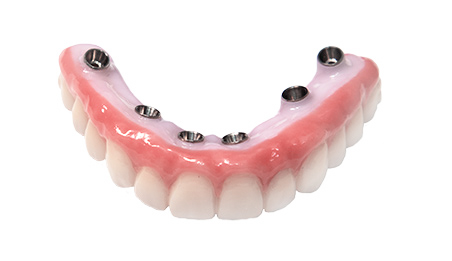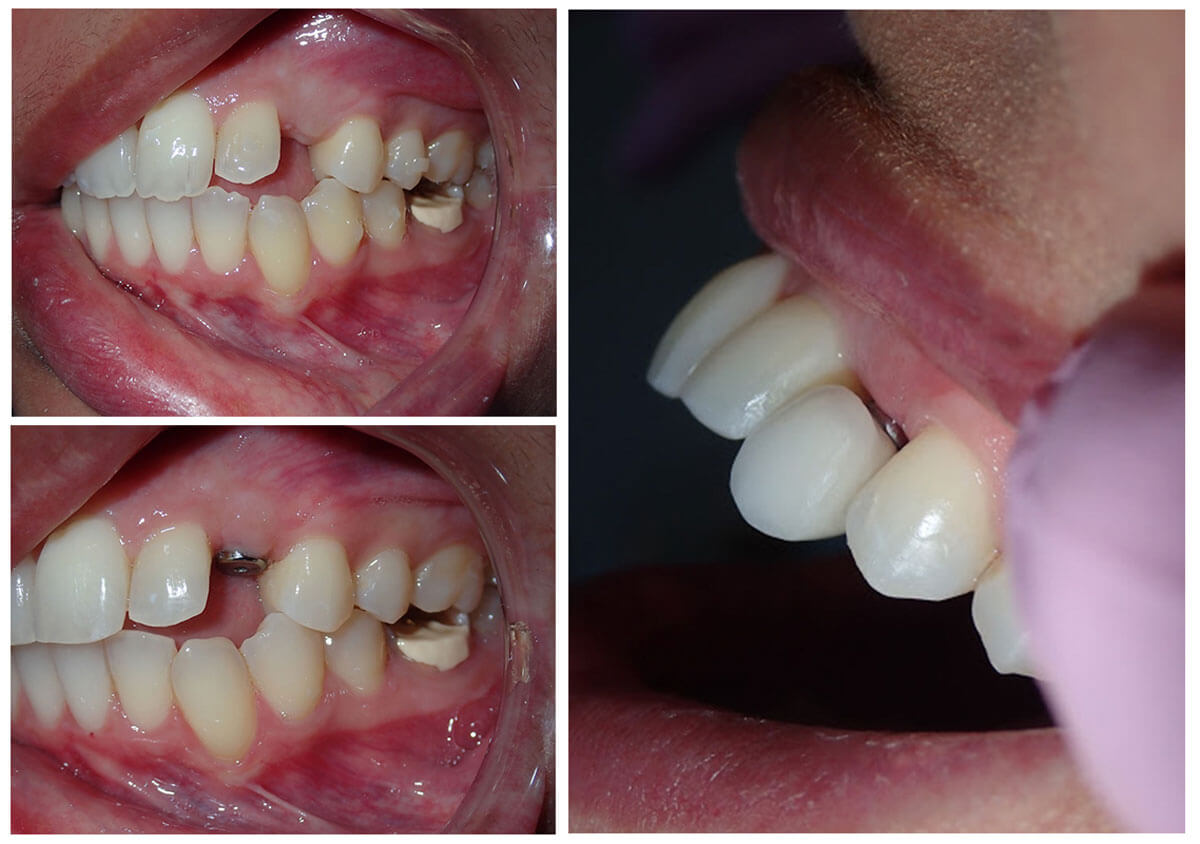The Best Strategy To Use For Dental Sense
Table of ContentsThe Dental Sense DiariesThe Buzz on Dental SenseEverything about Dental SenseGetting My Dental Sense To Work
are clinical gadgets surgically dental implanted right into the jaw to restore an individual's ability to chew or their look. They offer assistance for synthetic (fake) teeth, such as crowns, bridges, or dentures. When a tooth is lost as a result of injury or condition, an individual can experience problems such as rapid bone loss, faulty speech, or modifications to eating patterns that result in pain.Dental implant systems contain a dental implant body and oral implant abutment and may also include an abutment fixation screw. Professional teeth whitening. The dental implant body is surgically placed in the jawbone in location of the tooth's origin. The oral implant abutment is typically connected to the implant body by the abutment fixation screw and prolongs via gums into the mouth to sustain the affixed synthetic teeth
(https://www.goodreads.com/user/show/186244556-matthew-music)Structure of The Oral Implant System choosing dental implants, speak with your oral service provider about the prospective benefits and threats, and whether you are a candidate for the procedure. Things to take into consideration: Your total health is a crucial consider establishing whether you are a good candidate for oral implants, the length of time it will take to recover, and for how long the implant may remain in area.
Smoking cigarettes might influence the healing procedure and decrease the long-lasting success of the implant. The recovery process for the dental implant body may take several months or longer, during which time you commonly have a short-lived abutment instead of the tooth. the dental implant procedure: Thoroughly adhere to the dental health directions provided to you by your oral company.
9 Simple Techniques For Dental Sense
Implant failure can cause the need for one more medical treatment to deal with or replace the dental implant system. Brings back the ability to eat Recovers cosmetic appearance Helps keep the jawbone from reducing due to bone loss Preserves the health of the surrounding bone and gums Aids maintain adjacent (close-by) teeth steady Boosts lifestyle Damages to surrounding natural teeth throughout dental implant positioning Injury to the surrounding cells during surgery, such as sinus perforation Injury during surgery (as an example, fracture of bordering jawbone) Insufficient feature, such as really feeling like the teeth do not bite with each other typically An experience that the tooth is loose or turning in place resulting from a joint screw loosening Implant body failing (looseness of the implant body) because of systemic infection, which might be most likely in clients with unrestrained diabetes mellitus as a result of local infection in bone and gum tissues sustaining the implant body due to delayed recovery, which may be more probable in people who smoke Difficulty cleansing the gum tissues around the implant, resulting in poor oral hygiene Neglected gum disease Post-surgical feeling numb as a result of nerve impingement or damage Always inform healthcare suppliers and imaging technicians that you have oral implants before any kind of magnetic vibration imaging (MRI) or x-ray procedures.
FDA is not familiar with any kind of damaging occasions reported for MRI or x-ray treatments with oral implants. Dental implants systems are usually made from materials that comply with international agreement standards of the International Company for Standardization (ISO) or ASTM International. These standards have details of what makes a safe product.

A dental implant is a framework that changes a missing tooth. With screw-like devices, the surgeon inserts a dental implant right into the jawbone, and it works as a support for a man-made tooth, called a crown. A gadget called an abutment links the artificial tooth to the oral implant. The crown is customized to fit the person's mouth and match the color of their teeth.
Dental Sense - The Facts
Some individuals are not qualified for oral implant surgery. It is for dental surgeons to operate individuals with: intense illnessuncontrollable metabolic diseasebone or soft cells condition or infectionIf these issues are dealt with, a person can have the surgery. In, dental doctors avoid from operating individuals with: If individuals with any of the above undergo dental implant surgery, there is a greater threat of the dental implant informative post falling short.

Dental implant surgical treatment is a tailored procedure. Offer you time to heal. Attach the message and final crown, bridge or denture.
Next, your specialist will carefully position the oral implant right into your jaw. If your implant is near the front of your mouth, your dental practitioner will certainly make a short-lived tooth for you to put on till you recover.
The Buzz on Dental Sense
During the healing stage, your jawbone should fuse to the oral implant. This procedure can take anywhere from three to 9 months.
As soon as your implant heals, your dental professional can affix the joint (little adapter post) and your final reconstruction (crown, bridge or denture). This normally takes concerning one hour to complete and may call for a 2nd minor surgical treatment. You shouldn't feel any type of discomfort during your dental implant treatment since your company will utilize drug to numb your gums.